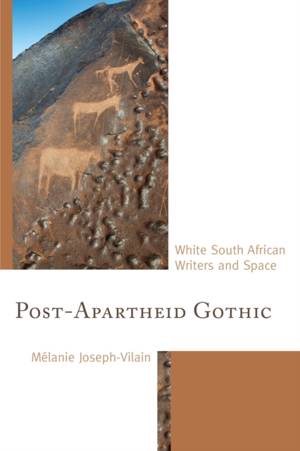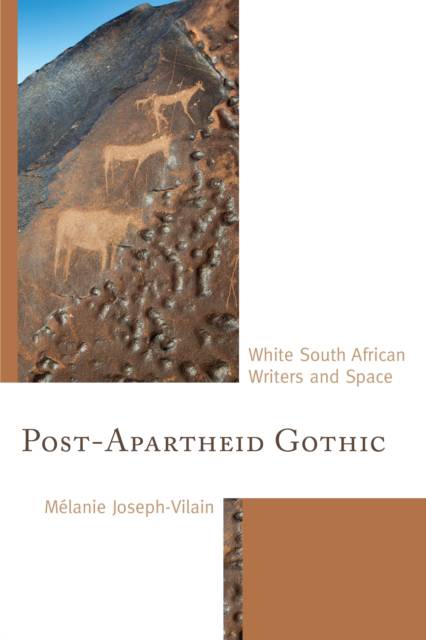
- Afhalen na 1 uur in een winkel met voorraad
- Gratis thuislevering in België vanaf € 30
- Ruim aanbod met 7 miljoen producten
- Afhalen na 1 uur in een winkel met voorraad
- Gratis thuislevering in België vanaf € 30
- Ruim aanbod met 7 miljoen producten
Zoeken
Post-Apartheid Gothic
White South African Writers and Space
Mélanie Joseph-Vilain
Hardcover | Engels
€ 178,95
+ 357 punten
Omschrijving
Post-Apartheid Gothic: White South African Writers and Space is at the crossroads between Gothic studies and postcolonial studies. The author analyses the way in which diverse spaces - the home, the landscape, the city - are represented in recent works by white South African writers, assessing their literary, ethical, and political implications.
Specificaties
Betrokkenen
- Auteur(s):
- Uitgeverij:
Inhoud
- Aantal bladzijden:
- 268
- Taal:
- Engels
Eigenschappen
- Productcode (EAN):
- 9781683932451
- Verschijningsdatum:
- 19/03/2021
- Uitvoering:
- Hardcover
- Formaat:
- Genaaid
- Afmetingen:
- 152 mm x 229 mm
- Gewicht:
- 562 g

Alleen bij Standaard Boekhandel
+ 357 punten op je klantenkaart van Standaard Boekhandel
Beoordelingen
We publiceren alleen reviews die voldoen aan de voorwaarden voor reviews. Bekijk onze voorwaarden voor reviews.








